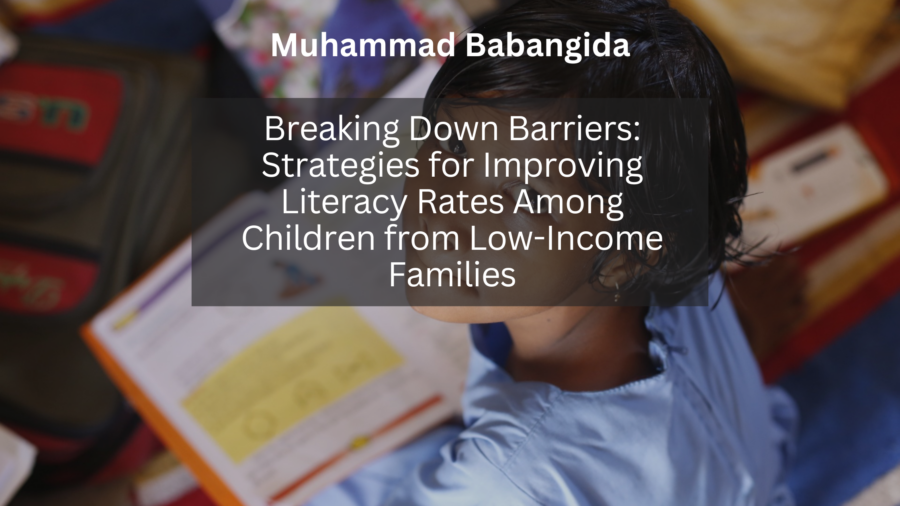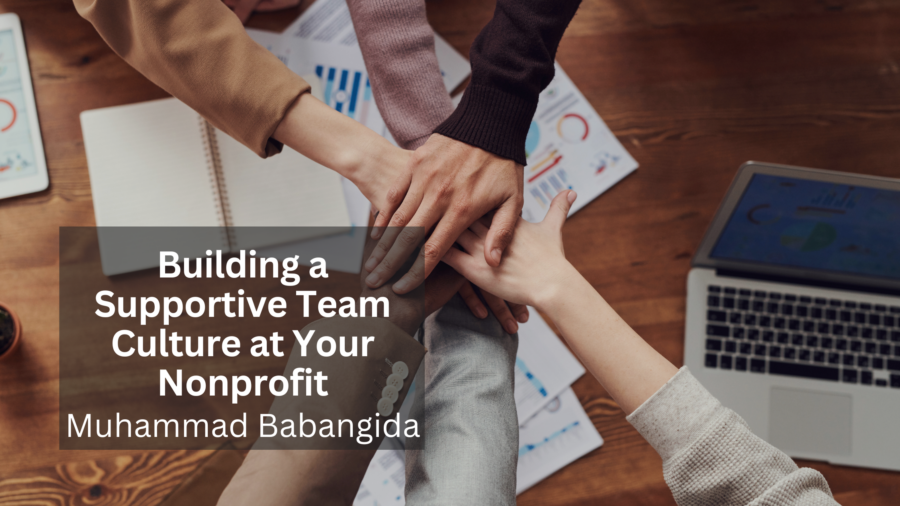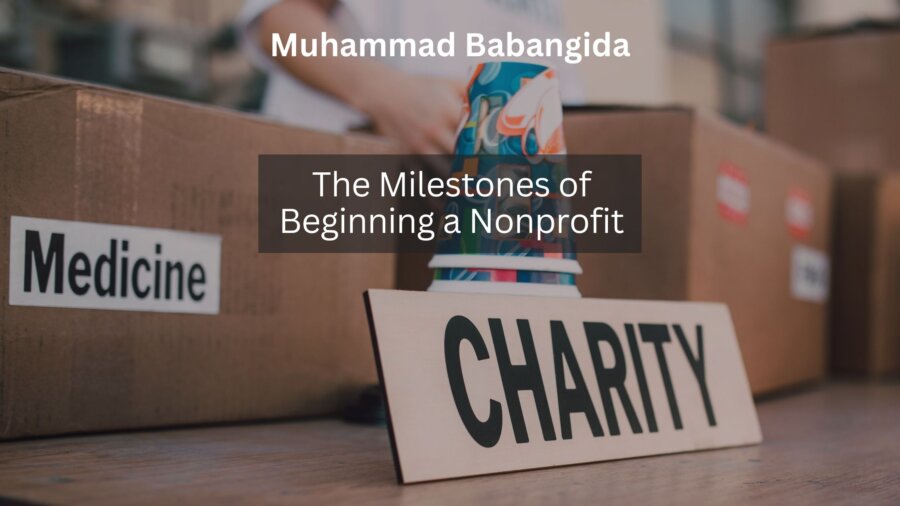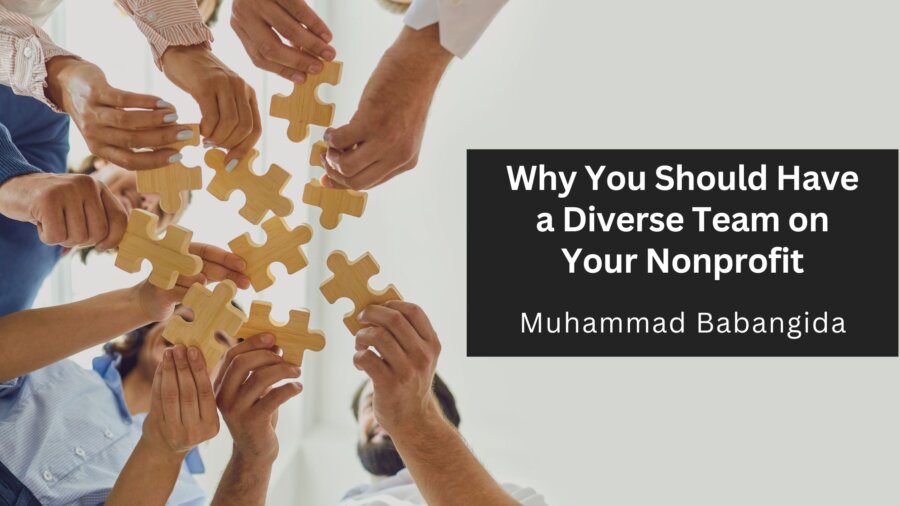Children from low-income families often face significant barriers to literacy development. They endure limited access to books and educational resources, poor nutrition and health, and lack of parental involvement. These factors can profoundly impact a child’s ability to learn and succeed in school and contribute to low literacy rates among low-income demographic areas. Some steps can be taken to combat these issues.
Increasing Access to Books and Educational Resources
One of the key barriers to literacy development among children from disadvantaged families is limited access to books and educational resources. To address this issue, schools and community organizations can provide free or low-cost access to books and educational materials, such as literacy programs, tutoring, and after-school programs. Public libraries can also play a critical role in improving literacy rates by providing free access to books and other educational resources.
Addressing Health and Nutrition
Poor health and nutrition can also contribute to low literacy rates among impoverished children. To address this issue, schools and community organizations can provide access to healthy food options and promote physical activity. In addition, healthcare providers and community organizations can work together to provide free or low-cost healthcare services to children from low-income families.
Engaging Parents and Caregivers
Parental involvement is essential to literacy development. However, parents from low-income families may face barriers to involvement, such as work schedules or lack of resources. To address this issue, schools and community organizations can provide resources and support to parents and caregivers, such as parenting classes, family literacy programs, and home visiting programs.
Providing High-Quality Early Childhood Education
Early childhood education is critical for laying the foundation for literacy development. However, low-income families may have limited access to high-quality early childhood education programs. To address this issue, schools and community organizations can provide free or low-cost early childhood education programs, such as pre-kindergarten or Head Start.
Supporting Teachers and Educators
Teachers and educators are critical in improving literacy rates among children from low-income families. However, they may face unique challenges, such as limited resources or large class sizes. To support teachers and educators, schools and community organizations can provide professional development opportunities, such as training on literacy instruction or strategies for working with diverse student populations. In addition, schools can provide resources and support to help teachers meet the needs of low-income students, such as small-group instruction or additional classroom materials.
Improving literacy rates requires a multifaceted approach that addresses many barriers. By increasing access to books and educational resources, addressing health and nutrition, engaging parents and caregivers, providing high-quality early childhood education, and supporting teachers and educators, we can help break down these barriers and improve literacy outcomes for all children.










